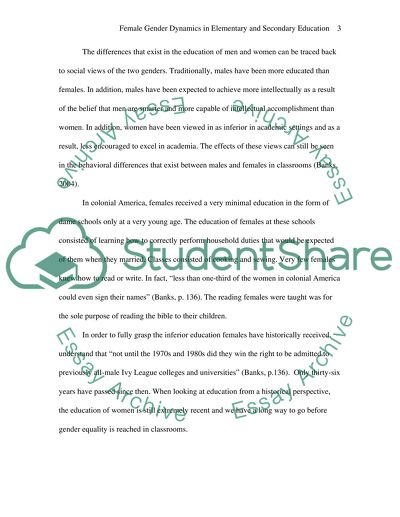Cite this document
(“Female Gender Dynamics in Elementary and Secondary Education Essay”, n.d.)
Retrieved from https://studentshare.org/miscellaneous/1530726-female-gender-dynamics-in-elementary-and-secondary-education
Retrieved from https://studentshare.org/miscellaneous/1530726-female-gender-dynamics-in-elementary-and-secondary-education
(Female Gender Dynamics in Elementary and Secondary Education Essay)
https://studentshare.org/miscellaneous/1530726-female-gender-dynamics-in-elementary-and-secondary-education.
https://studentshare.org/miscellaneous/1530726-female-gender-dynamics-in-elementary-and-secondary-education.
“Female Gender Dynamics in Elementary and Secondary Education Essay”, n.d. https://studentshare.org/miscellaneous/1530726-female-gender-dynamics-in-elementary-and-secondary-education.


